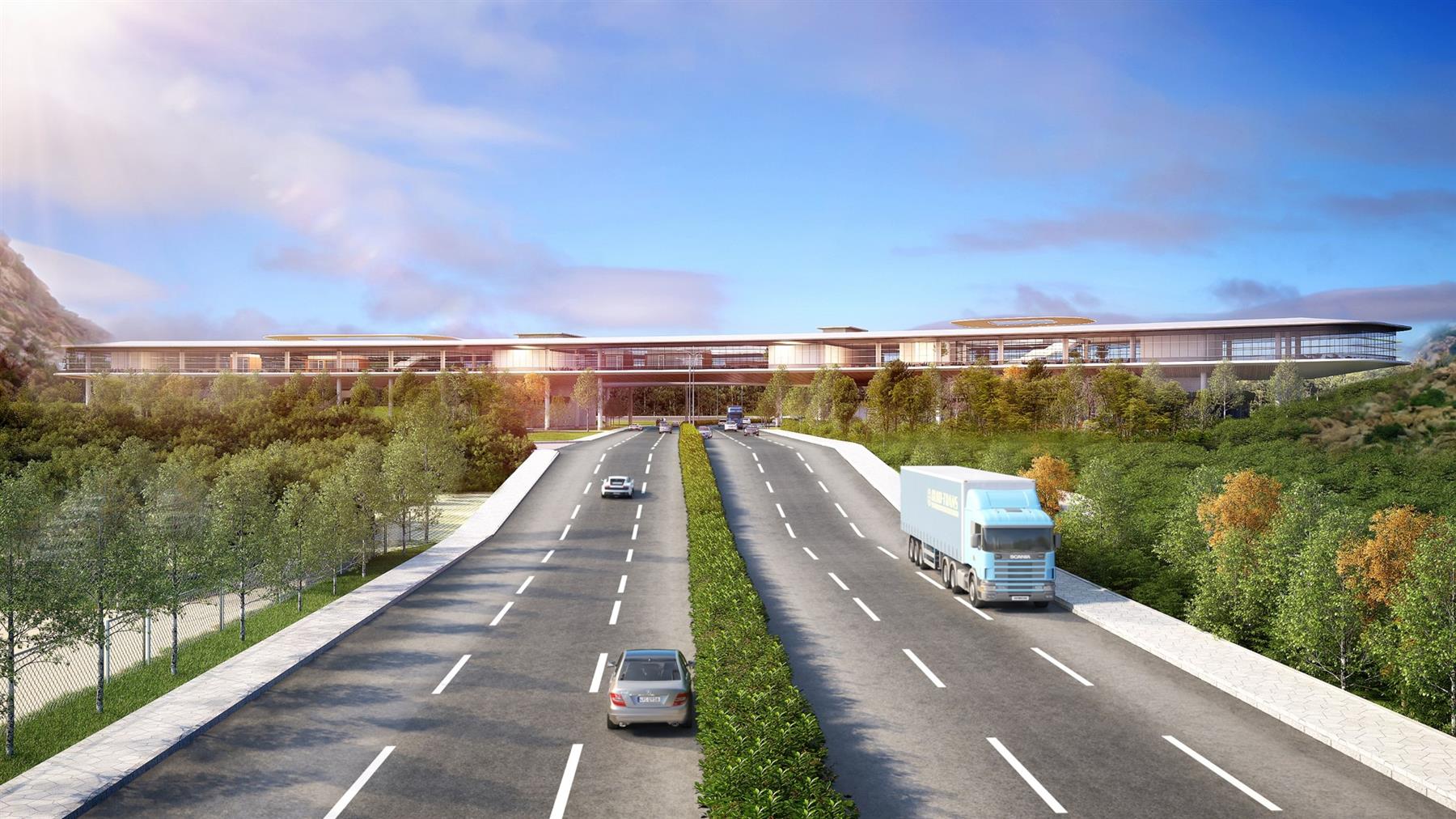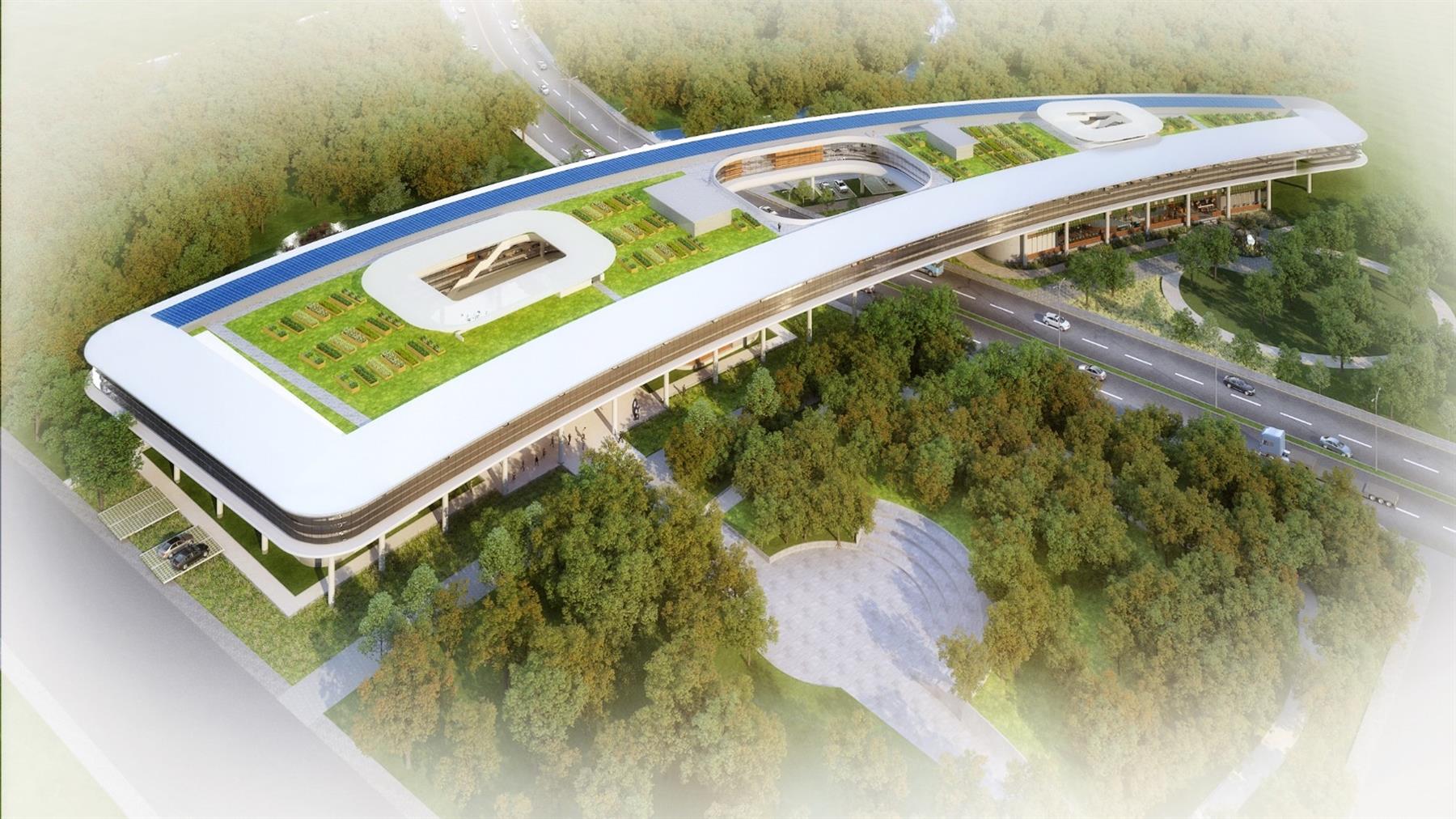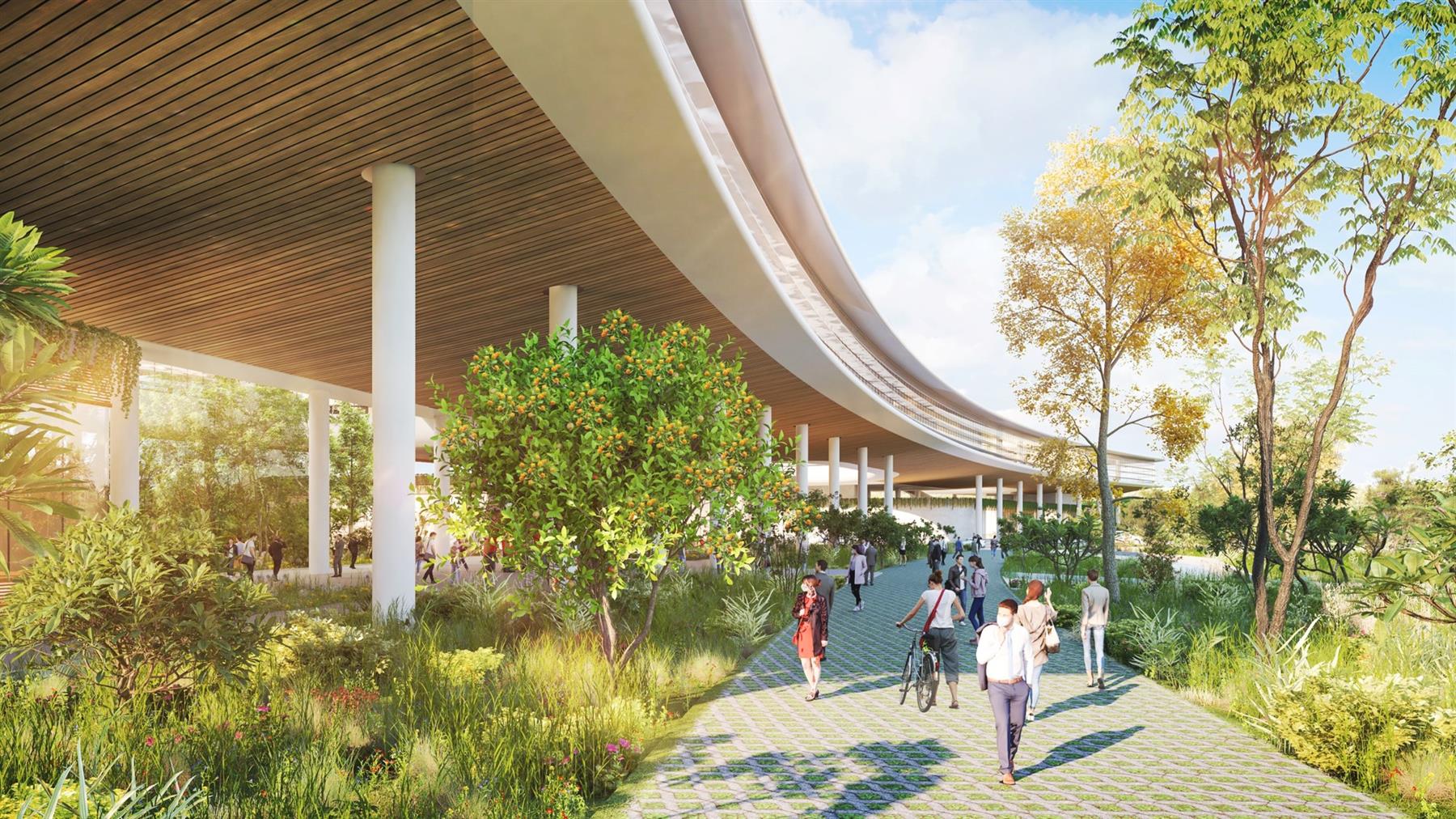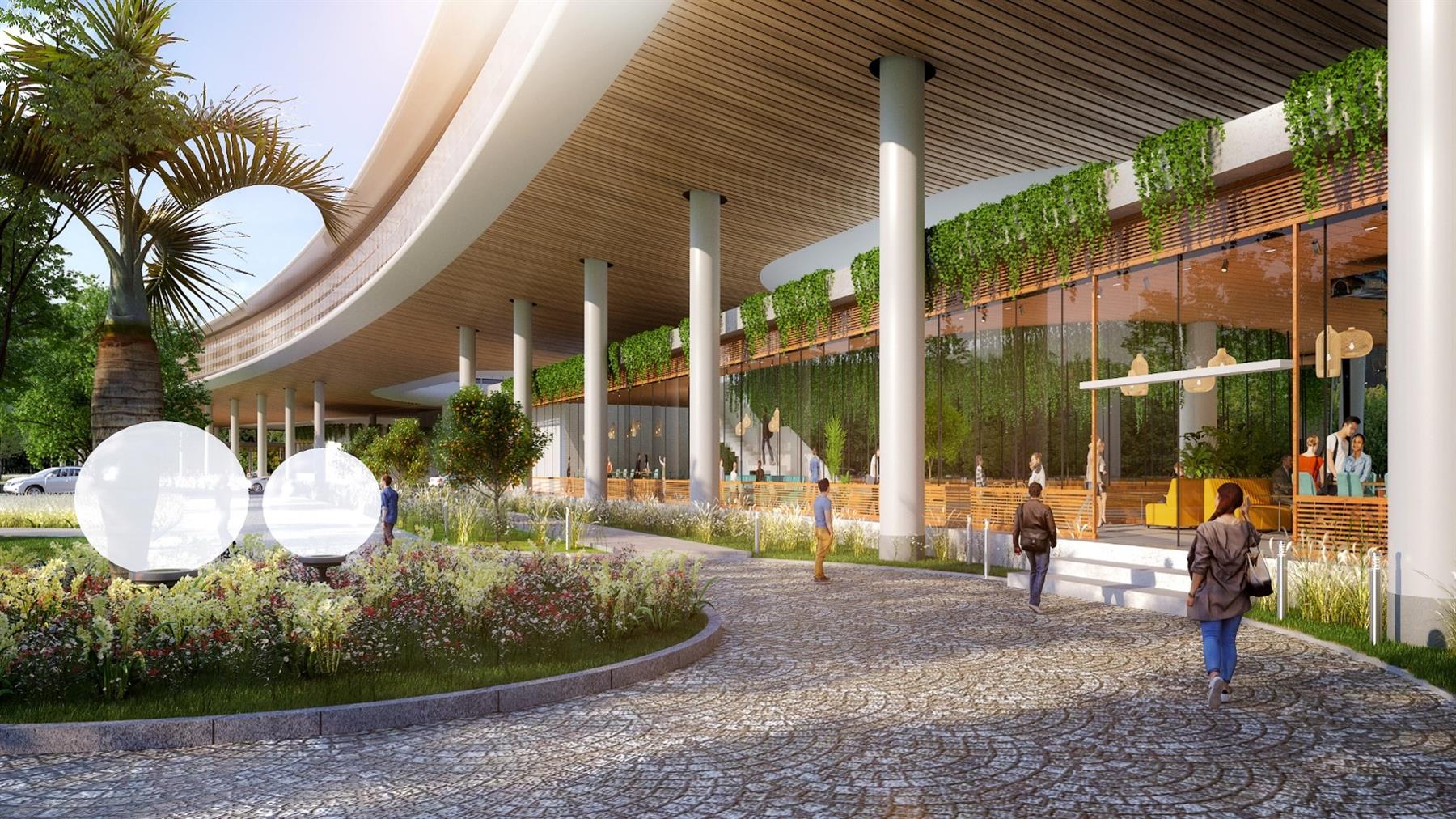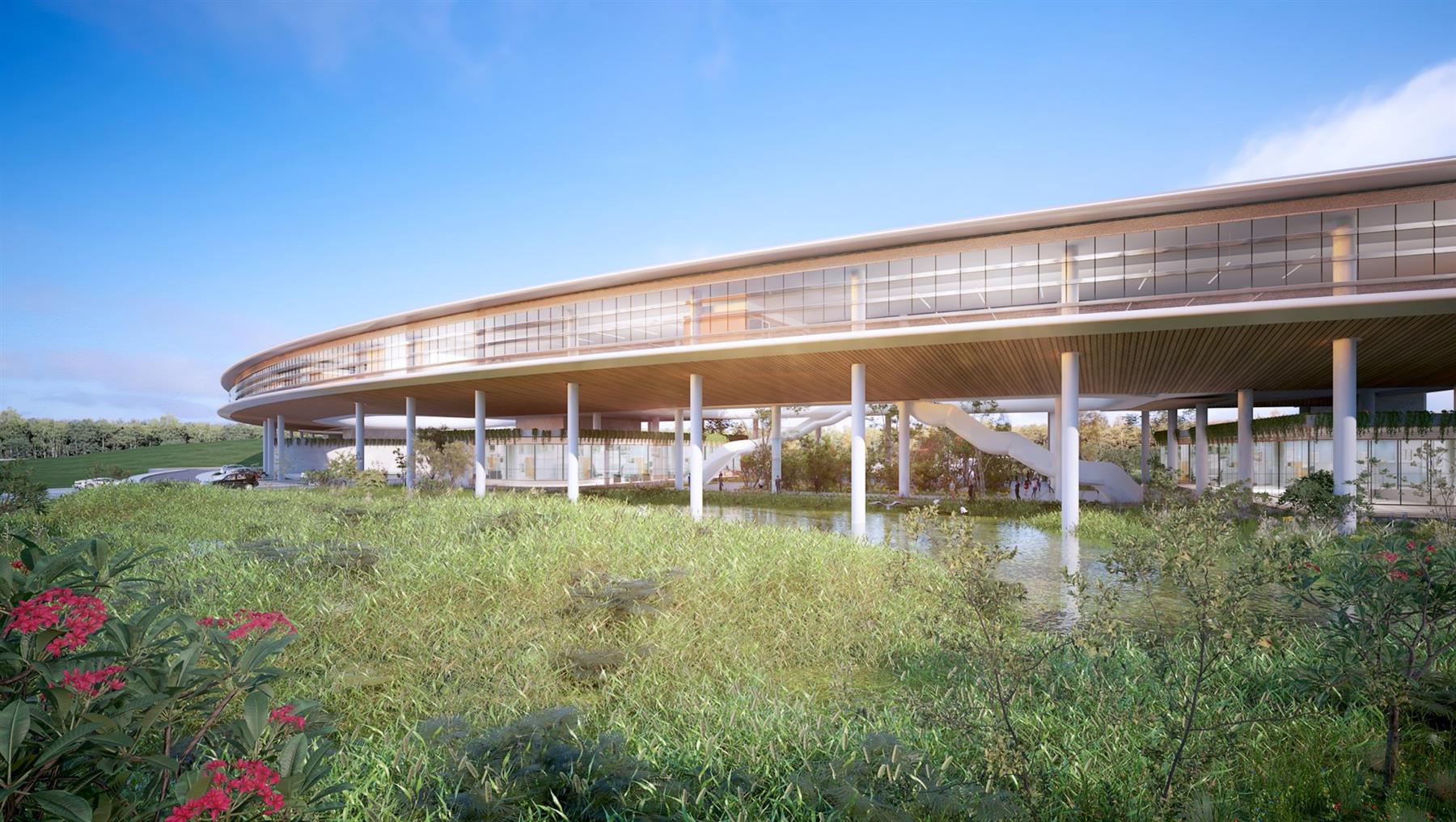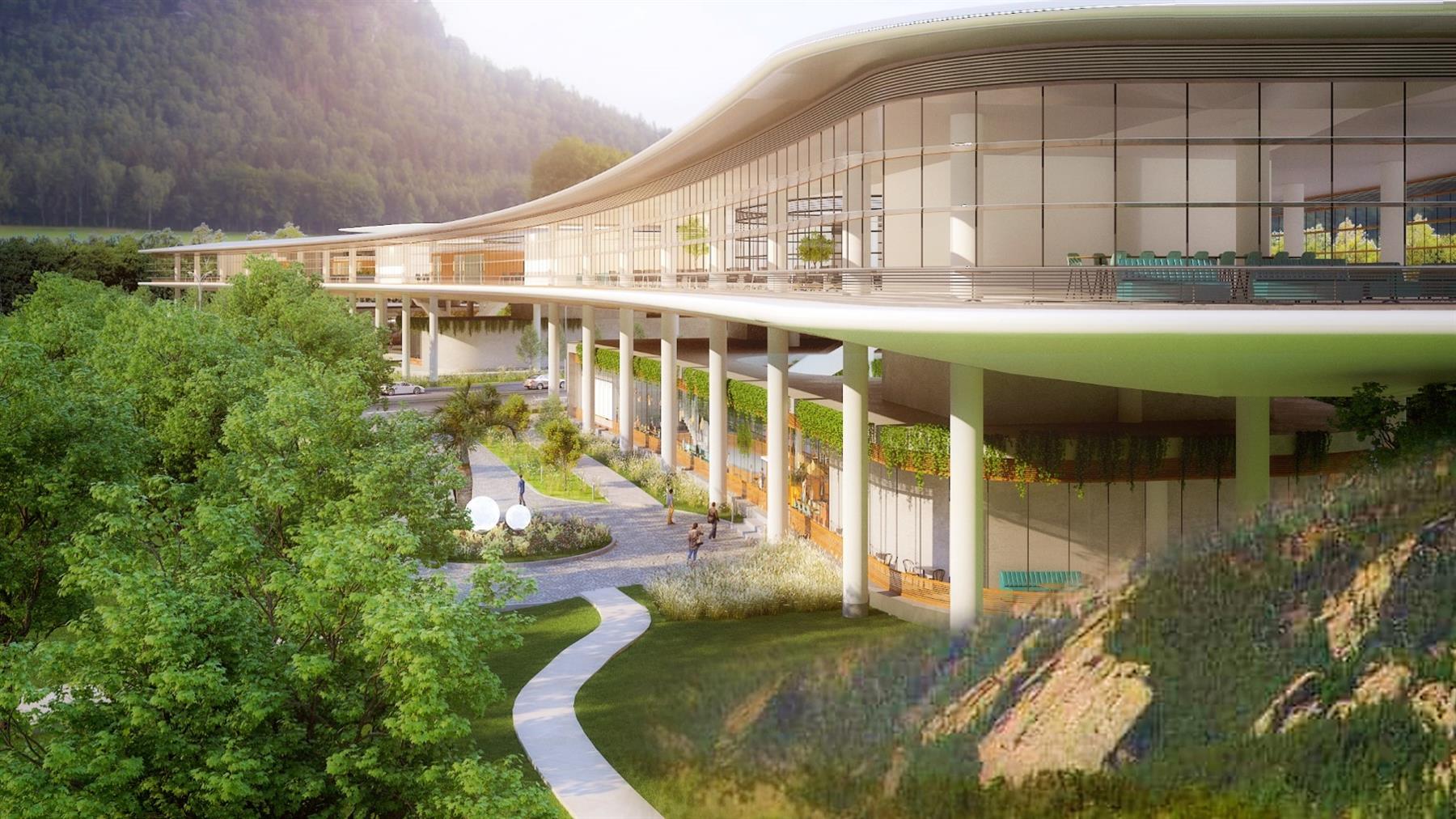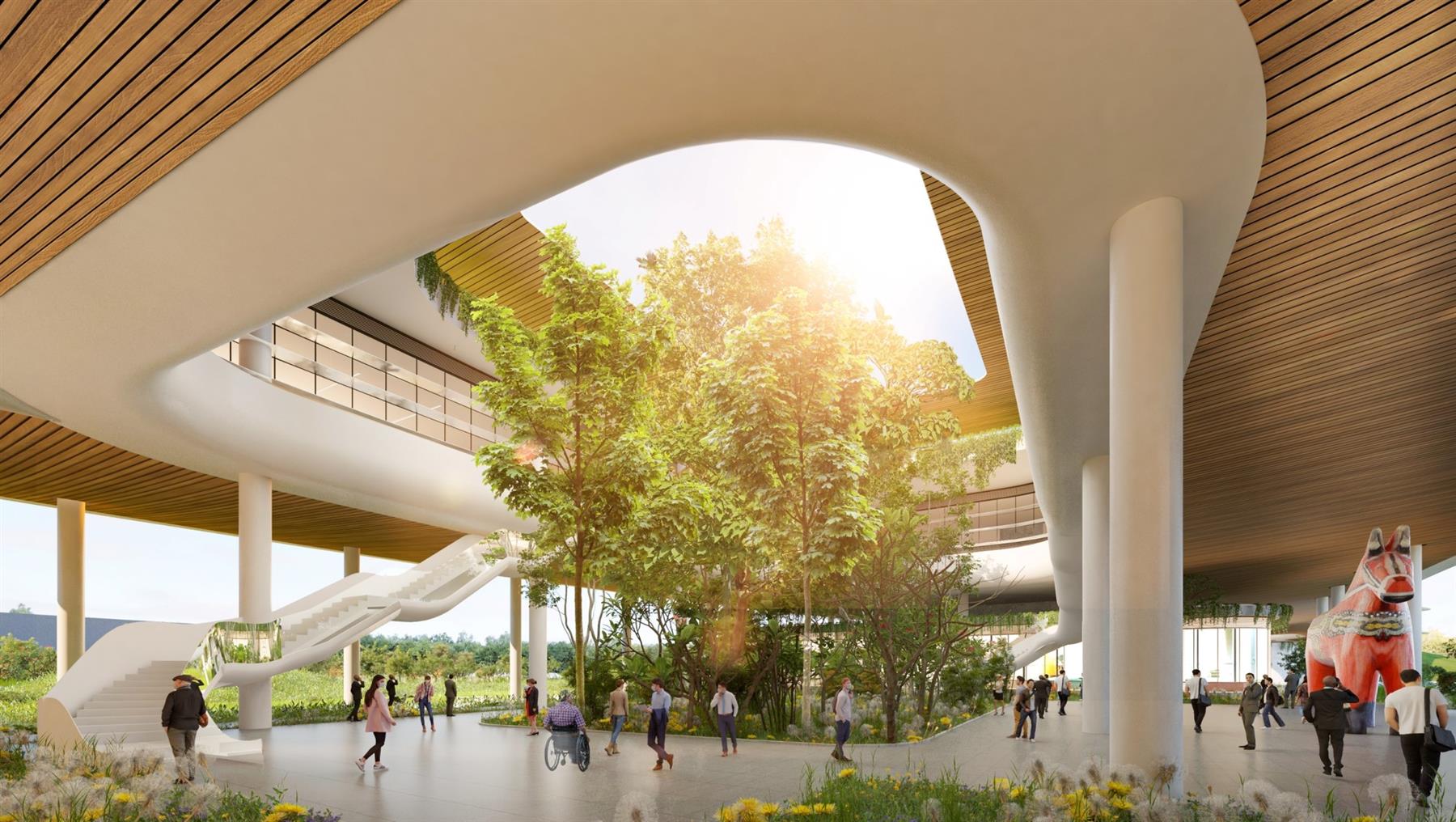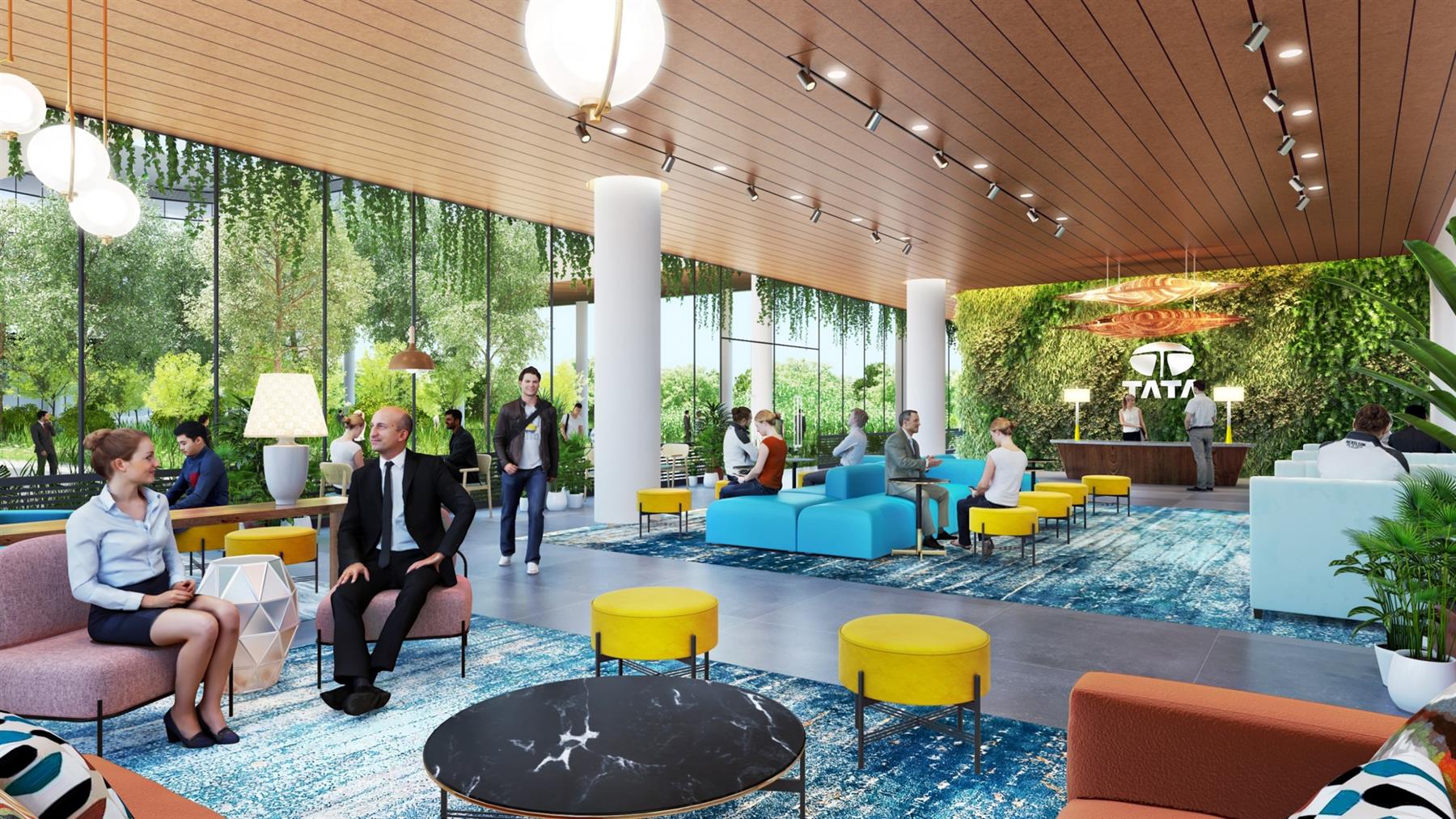Quick Facts
| Location | Bengaluru |
| Region | Bengaluru |
| Built-up Area | 1,20,000 Sq Ft |
| Plot Area | 570 (approx.) acres |
| Status | Concept Proposal |
Description
The landscape around the Shoolagiri Forest Reserve has three distinct characteristics. The land is dry for most of the year and comes to life around the monsoons. Secondly, the large granite hills rise out of the plains like mounds of pebbles. Third, the acacia trees spread their large saucer like foliage far and wide beyond their thin trunks. The overwhelming quality of this landscape is that of levity. Unfortunately, this land has also become the new hub of industrialisation in the rapidly expanding region. The flat land lends itself to grading for large development and this has resulted in a radical transformation of the landscape over the decades.
It was important to the design team that any attempt to create a space in this context would have to exhibit utmost sensitivity to the land and create a model for harmonious development in the region. The aim of the design is to achieve a regenerative environmental solution that results is physiological comfort for the community as well as intelligent and passive economization of energy consumption for the building. Water balance and waste mitigation are also built into the design and engineering of the landscape.
The Chip is a cutting-edge workplace which treads ever so lightly on Mother Nature. This edifice floats gently on thin pillars – reminiscent of the acacia tree – and hovers above the landscape. The sweep of the form links two prominent granite hills on the site and frames a narrative for Architecture as an artefact inspired by nature.
The Chip is the architectural manifestation of the electrical phenomena of magnetic semiconductor levitation. The deforested lands around The Chip are proposed to be reforested with endemic plantation based on the principles of Miyawaki forests. A large wetland ecosystem has been planned to regulate the microclimate while working actively to manage storm water as well as grey water recycling. Pedestrian and bicycling pathways weave through these forests into the plazas. The plazas are defined by large courtyards which form the social and cultural hubs of The Chip.
The Chip is a steel structure with large peripheral cantilevers that accentuate the lightness of the thin and long building. The lower level is comprised largely of public functions on a smaller footprint. The offices are located in the concourse levels which grazes the tops of the foliage line. The floor plate is designed for 100% use of daylight and mitigation of glare is handled through horizontal shelves that wrap around The Chip. Most of the social and amenity spaces are naturally ventilated and contribute to a reduction in energy consumption. The façade is specially designed to reduce heat gain while improving internal daylight. The façade also integrates a system of one-way ventilation which aids in accentuating the natural ventilation. This is further supported by the courtyards – an important architectural element in tropical building typologies.
The soul of the building is the courtyard. The courtyard, over fifty meters wide, is a large forested zone within the plaza. It serves to carry the landscape from the ground to the terrace in a vertical motion. Specially designed staircases rise up over 9 meters winding around the perimeter and encourage an active engagement of the community with the landscape.
The experience of The Chip is largely a journey through nature. At every point in the journey from the first step in the forests through the plazas, onto the courtyard stairs and into the workplace, the presence of natural air, daylight and a meaningful access to plants and trees defines the true value of this architecture. The chip is a celebration of community life in the lap of natural opportunities. This building makes a statement because of the landscape and not in spite of it.Credits & Recognition
Team
Architecture: Sachin Bhatt, Bedanta Saikia & Sabarno De, Jayesh Ganesh, Raegan Fernandes, Vishakha Naik, Bhumika Prajapati


